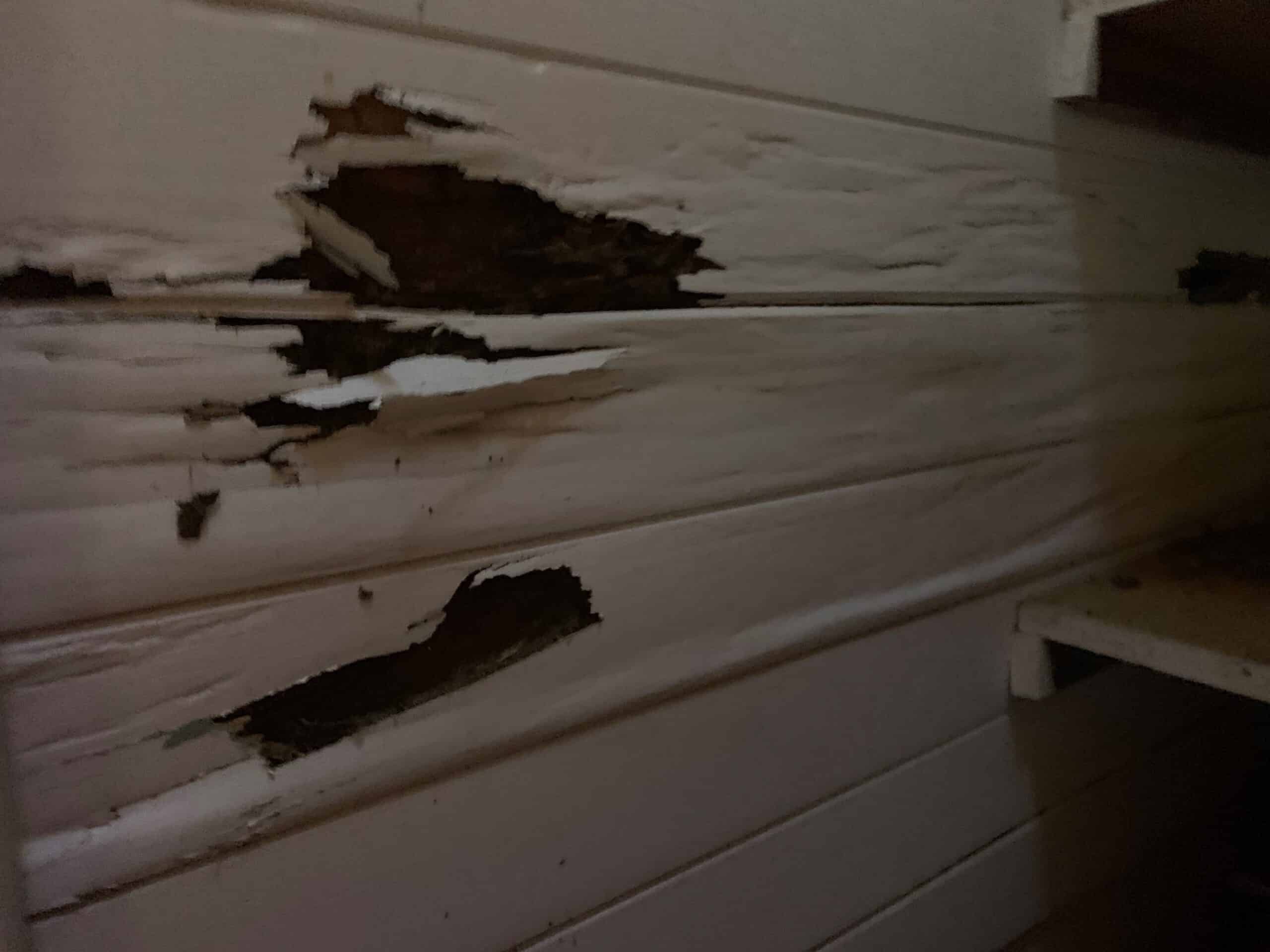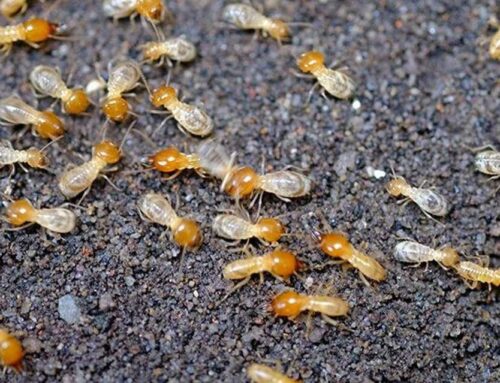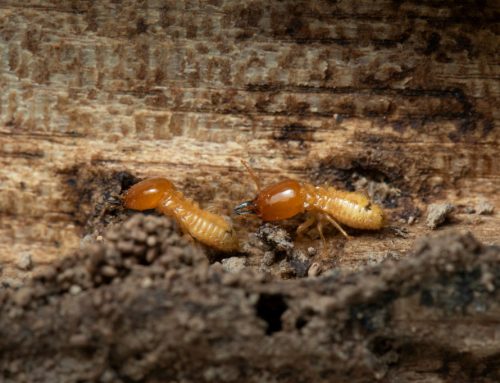At one time, if termites got into your home, you repaired the house and sold it as quickly as possible. Today, there are many types of termite control that can be used to get rid of these insects safely and effectively – without selling up!
The average cost of repairing damage to homes after this type of infestation is $7,000, so it’s best to get it taken care of before the problem starts.
This guide is going to outline all the major types of termite control so you can deal with the problem directly and efficiently with minimal stress.
Is pest control really worth it?
Not only is it worth it, termite barriers are mandatory for new home builds. While you might not be keen to spend money on it, proper prevention or intervention can save you thousands of dollars.
With an average repair cost of $7,000 and a suspected infestation rate of 33% for Australian homes, it’s common sense to invest in the barrier of some kind. This will cost you between $1,500 – 4,000, but it’s well worth the money. When you install the barrier, it costs very little to maintain it, unlike baiting. But regardless of what method of treatment you decide, it’s certainly a worthwhile investment that you can’t do without.
If you do get an infestation, what’s going to happen is you will pay thousands of dollars for the treatment anyway, and you will then have to pay the $7,000 average for structural repairs. So it’s best to be proactive and prevent it in the first place.
The best types of termite control
Below, you can find the six best types of termite treatment. Keep in mind that you can use a combination of all the below to achieve even better protection. For instance, you might have to eradicate the existing colony and then install a chemical barrier or monitoring system to keep them at bay for the long term.
Talk to your service provider, and they will be able to advise on what treatment is best for your specific circumstances. Many times, the issue is not clear cut. Certain species may require different kinds of treatment. And not all homes are suitable for a particular method.
#1 – Physical Barrier
The physical barrier refers to physical means to obstruct these insects so they can be seen going into the home. The only way they can enter is over a designated area where they can be clearly observed. All access areas like pipes, vents, and doorways are sealed so that they cannot gain entry there. These are mandatory in new construction projects: the building has to be designed in such a way to provide inspection points.
The membranes which are imbued with an insecticide, stainless steel mesh and plastic sheeting are used to force them out into the open. And regular inspections are needed to check for activity. If you are building an extension, then you need to pay attention to physical barriers in accordance with AS 3660.1 (Termite Management New Building Work) and AS 3660.2 (Termite Management in and Around Existing Buildings).
This is a non-toxic method of prevention. Its main strength can be seen when it is utilised as part of the initial construction of the building.
#2 – Monitoring
Termite monitoring is the process of providing an attractant in stations around the home. These stations provide a way to regularly monitor for insect activity. If their activity is observed in the stations a chemical compound is added to the station. This compound is carried back to the nest by the workers and kills the queen, thus destroying the nest.
This method comes highly recommended by King Arthur Handyman because when these insects are found in the monitoring stations you can achieve destruction of the nest. This is ideal in situations where it’s not possible to find or identify all their nests. Plus it means that the termiticide is only used when required, so less chemical.
This method can be used for all building construction types. Once installed, the monitoring stations will last for decades and simply require regular monitoring by a professional.
#3 – Chemical Barrier
This is one of the most common types of termite control. A trench will be dug around the outside of the home or property to the depth of the footings. A chemical solution will be sprayed on the bottom of the trench. The returned soil is also treated with chemical. These insects travel over the chemical barrier, ingest the chemical solution, and take it back to the nest.
For this to work, you’ll need to have good quality soil that will be saturated with the chemical. Like the chemical reticulation barrier, there can be a lot of work involved in digging the trench around the property, and there are likely to be some obstacles. Still, it’s a very effective solution against these insects.
#4 – Chemical Reticulation Barrier
With the chemical reticulation barrier, a trench is dug around the perimeter of the home or business. At the bottom of the trench is a pipe, which is the reticulation system. This reticulation system has holes at spaced intervals that allow the chemical treatment to poison these insects. Those that pass through this trench ingest the poison and end up taking it back to the colony.
A chemical reticulation barrier is the strongest of all types of barriers. However, it’s imperative that it is properly installed by experienced professionals. The pipe needs to be at the right depth and the outlets evenly spaced. There should be refill points every 10 – 12 metres or so. Once installed, you just need to refill it when the solution runs out, and this is quite affordable to do.
#5 – Fumigation
The fumigation is a rare occurrence within Australia. The reason that it is rare is due to the fact that it’s used to get rid of West Indian drywood insects. It’s not suitable for the most common and most harmful type, the dreaded subterranean insects. If they operate below ground, then an overground solution won’t be very effective.
The fumigation gas will typically contain something like methyl bromide to kill all of them. As effective as this is, fumigation is an expensive treatment that won’t touch an underground colony. Moreover, it requires people to vacate the home for 2-3 weeks while it works.
#6 – DIY Remedies
There are many issues with using DIY remedies!
The first is that they are potentially dangerous if you don’t know what you’re doing. The second is that they might not be appropriate for your circumstances. And thirdly they don’t necessarily kill the nest, which means these insects will continue to come. For these reasons, DIY remedies are not cost effective and we strongly recommend that you engage a professional.
While doing your own treatment is not recommended, you can complete your own preventative measures. Wood should not be stacked close to your home, and all wooden structures should be kept far from your home if possible. Also, any plant foliage touching your buildings can provide these insects with access, so keep it pruned back from the building. If you are creating a home extension or undertaking a new build of some kind, be sure to engage a professional to install the required protection.
How can I choose the right treatment?
To choose the right type of termite control, you need to know the species you are dealing with. The nest may not be on your property as it’s possible for them to travel up to 300m underground. However it does help to know the different types of termite control and how they work.
Each individual circumstance will require its own tailored treatment. No one treatment is better than the other. They are all effective in their applications, if provided by a trained professional. The best mode of action is simply to call a specialist. Only then will you know what species you are dealing with and how best to resolve the problem.
How can I find a reliable service provider?
In order to find the right termite control and to place it correctly, you need to work with an expert service provider. Make sure that the pest control agency you work with:
- Is licensed and insured
- Is competitively priced
- Has at least 20 years of experience dealing with these insects
- Uses environmentally friendly products safe for pets and kids
- Has a great local reputation
- Offers excellent customer support
- Offers a 100% satisfaction guarantee
All of these criteria are met with King Arthur Handyman. With 30+ years of pest control experience, great prices, excellent customer support, and a fantastic reputation, King Arthur Handyman is a one-stop-shop for the eradication of all species. You’ll save time, money, and effort when using our services.
Call now for a free quote on 0417 739 897.



